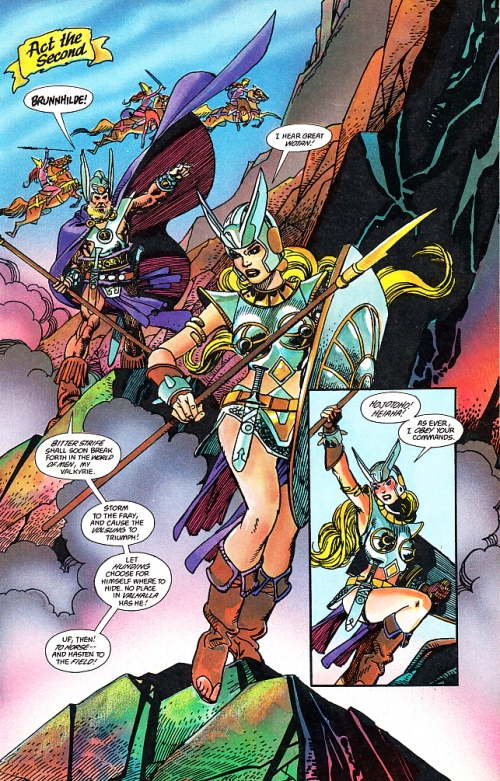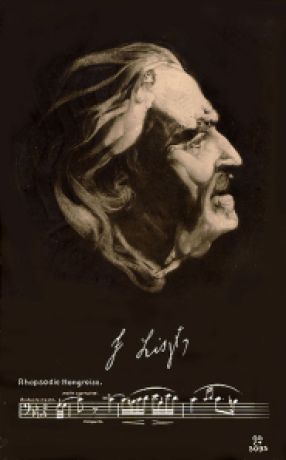Generally, Festschriften fall into three categories: memorial volumes, issued shortly after the death of the honoree, and often comprising personal tributes and reminiscences; commemorative volumes, published to honor some milestone in the deceased dedicatee’s life; and Festschriften proper, presented to a living recipient on the occaision of a birthday, anniversary, or transitional event. For more about this publication type, see the Preface to RILM’s Liber amicorum, the first volume in our retrospective Festschriften project.
Above is a reproduction of the frontispiece for Beethoven-Album: Ein Gedenkbuch dankbarer Liebe und Verehrung für den grossen Todten, a commemorative volume published in 1846; the book includes poems and compositions dedicated to the composer, including works by Liszt, Meyerbeer, and Czerny.












